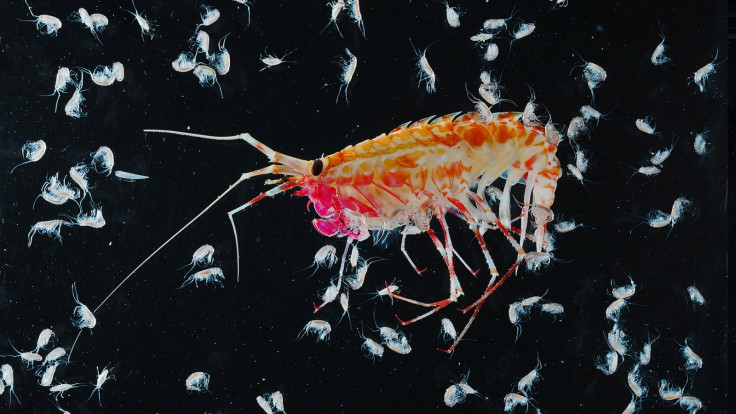Mystery ecosystem under Antarctic iceberg four times the size of London investigated
The team leaves the Falklands on 21 February for three weeks to collect samples and monitor wildlife.

A team of researchers, led by the British Antarctic Survey (BAS), is set to investigate a mysterious marine ecosystem hidden under an iceberg that's four times the size of London. The team leaves the Falklands (Malvinas) on 21 February to collect samples.
The newly exposed area is 5,818<sub>2 sq km and located beneath an iceberg called A68, which broke off the Larsen C Ice Shelf last July. It's thought to be up to 120,000 years old and is about to be exposed to sunlight for the first time in millenia.
Researchers will travel on the RSS James Clark Ross for three weeks, keeping tabs on the area and taking samples of life and water.
Leading the expedition is marine biologist Dr Katrin Linse, who said: "The calving of A68 [from the ice shelf] provides us with a unique opportunity to study marine life as it responds to dramatic environmental change.
"It's important we get there quickly before the undersea environment changes as sunlight enters the water and new species begin to colonise.
"We've put together a team with a wide range of scientific skills so that we can collect as much information as possible in a short time. It's very exciting."
The team will film the ecosystem and provide the means for long-term tracking of changes in the environment created by the calving. In addition to the team's work, experts will continue to monitor the ice-shelf above it.
BAS science director Professor David Vaughan said the recent developments offered an "unprecedented opportunity".
"Now is the time to address fundamental questions about the sustainability of polar continental shelves under climate change. We need to be bold on this one. Larsen C is a long way south and there's lots of sea ice in the area, but this is important science, so we will try our best to get the team where they need to be."
Larsen C was given special status for 10 years by the Commission for the Conservation of Antarctic Marine Living Resources, meaning the area will be free of commercial fishing, which in turn means an uninterrupted environment for the study.






















